Bricks / Systems
Af redaktør isak worre foged
At first glance, this book may appear eclectic. It contains writings from architectural practice in a language and structure based on subjective views and experiences, combined with research contributions based on systematic design investigations of discrete computational systems. Discussions range from an undulating masonry wall at the University of Virginia erected by then-U.S. President Thomas Jefferson to agile robotic manufacturing processes and computational solver strategies based on graph networks. Conversely, the focus of this anthology is expressed directly in the title: bricks and systems. The basis for this theme is the work conducted at the Utzon(x) Research Group at Aalborg University, in combination with the rich tradition and implementation of masonry work in Denmark, which has attracted increasing attention from architectural practitioners and researchers alike. How should one understand this book, with its widely varied yet converging contributions? As stated by German architect Frei Otto, buildings should be understood as auxiliary means—they are not ends in themselves. We believe this book should be understood through the same lens. It connects, rather than concludes, and it aims to illustrate and identify new modes of working in architecture, particularly with regards to brickwork and other complex systems of modular assemblies, whether physical or digital.
-
At first glance, this book may appear eclectic. It contains writings from architectural practice in a language and structure based on subjective views and experiences, combined with research contributions based on systematic design investigations of discrete computational systems. Discussions range from an undulating masonry wall at the University of Virginia erected by then-U.S. President Thomas Jefferson to agile robotic manufacturing processes and computational solver strategies based on graph networks. Conversely, the focus of this anthology is expressed directly in the title: bricks and systems. The basis for this theme is the work conducted at the Utzon(x) Research Group at Aalborg University, in combination with the rich tradition and implementation of masonry work in Denmark, which has attracted increasing attention from architectural practitioners and researchers alike. How should one understand this book, with its widely varied yet converging contributions? As stated by German architect Frei Otto, buildings should be understood as auxiliary means—they are not ends in themselves. We believe this book should be understood through the same lens. It connects, rather than concludes, and it aims to illustrate and identify new modes of working in architecture, particularly with regards to brickwork and other complex systems of modular assemblies, whether physical or digital.
-
Antal sider
149
isbn
978-87-7112-597-9
Udgave
1. edition
Udgivelsesår
2016
-
Filnavn Download
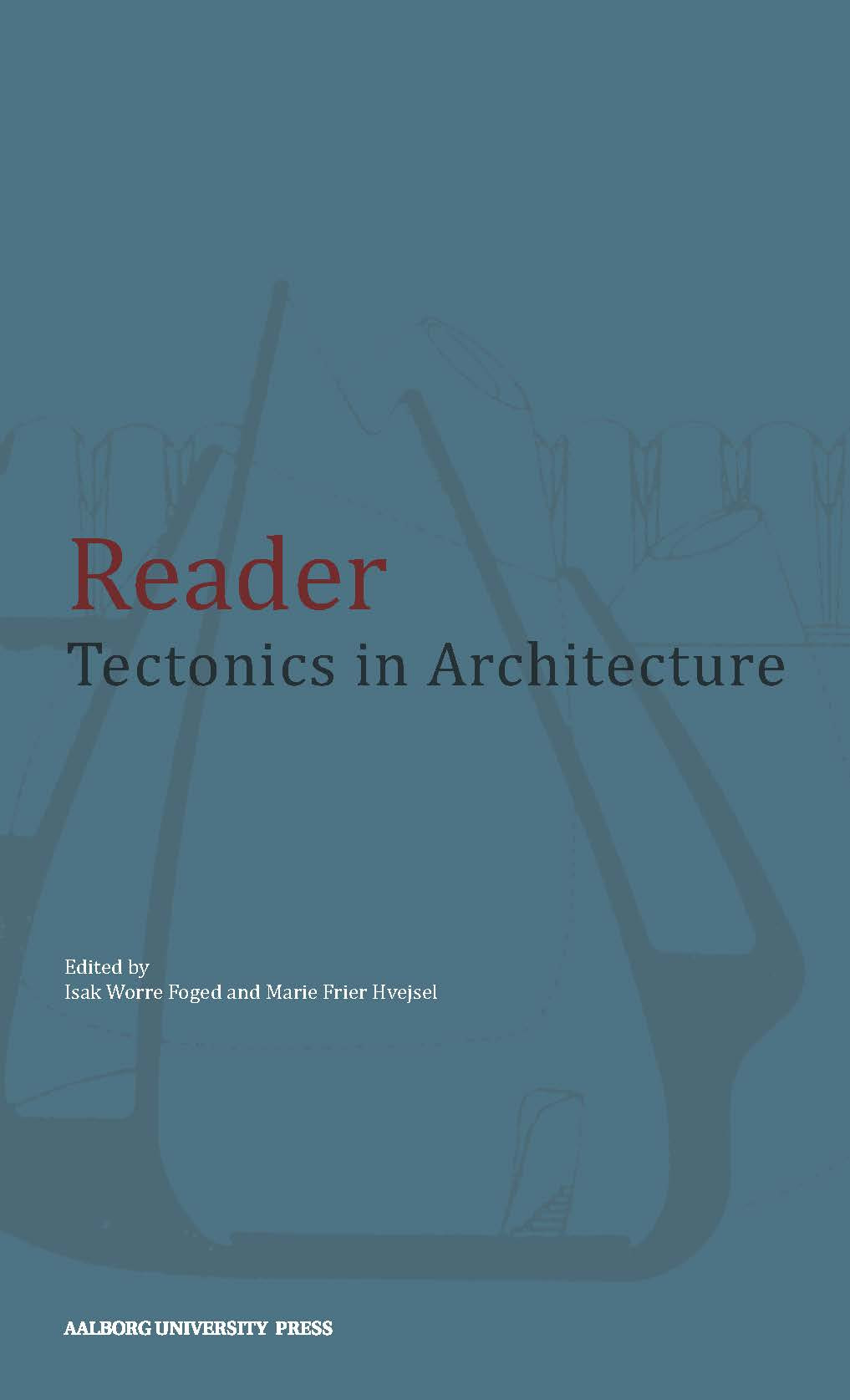
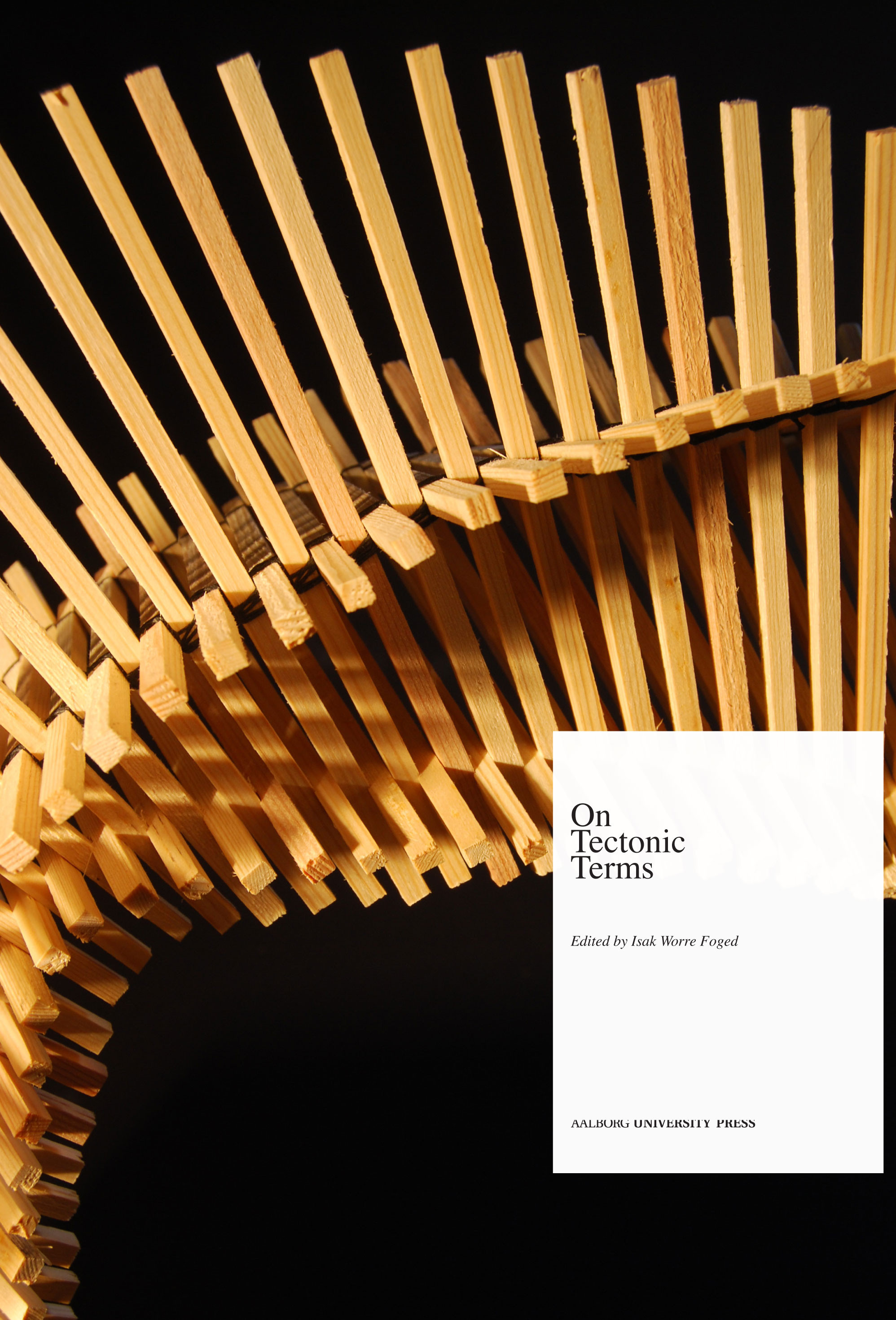

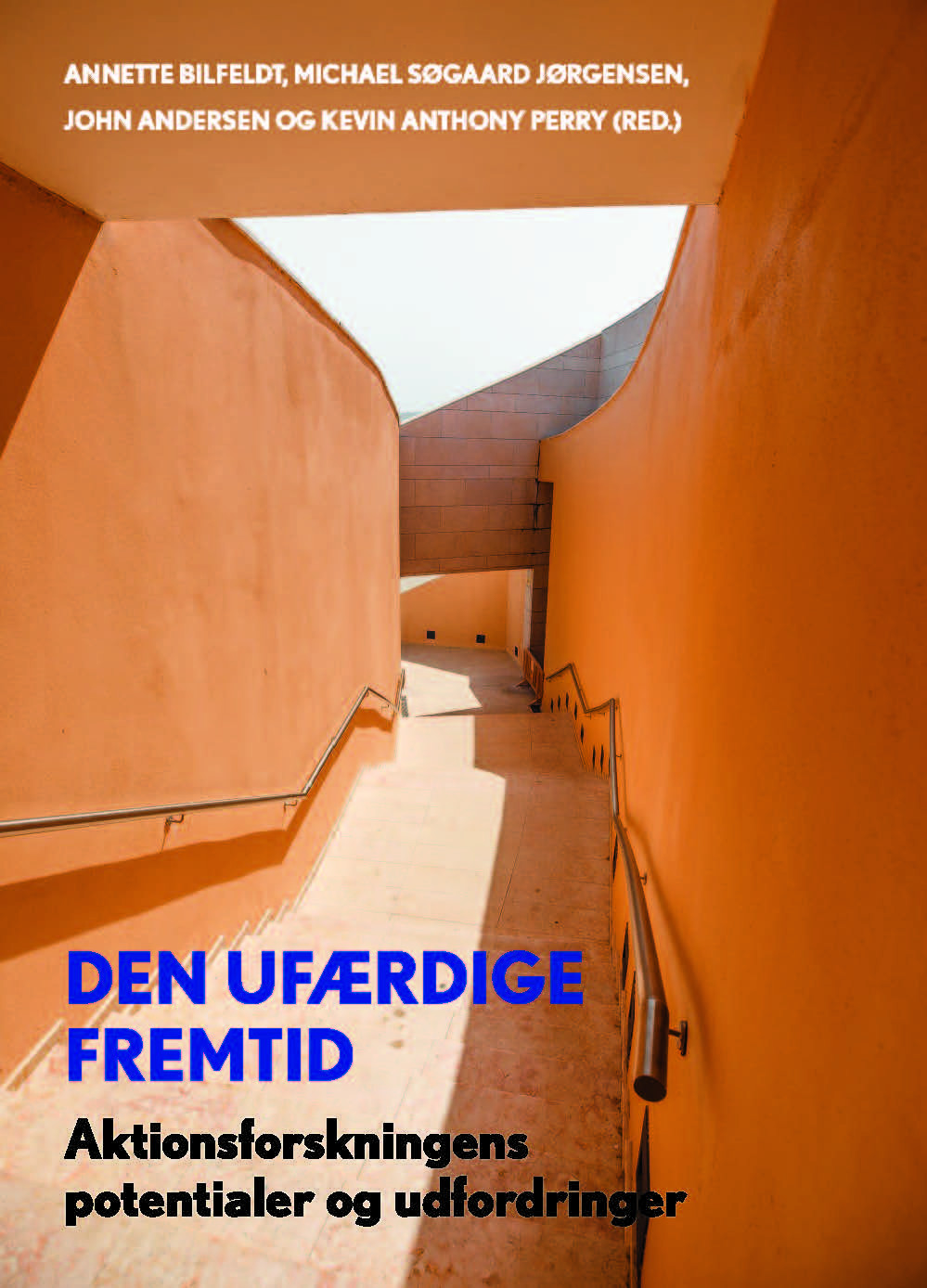




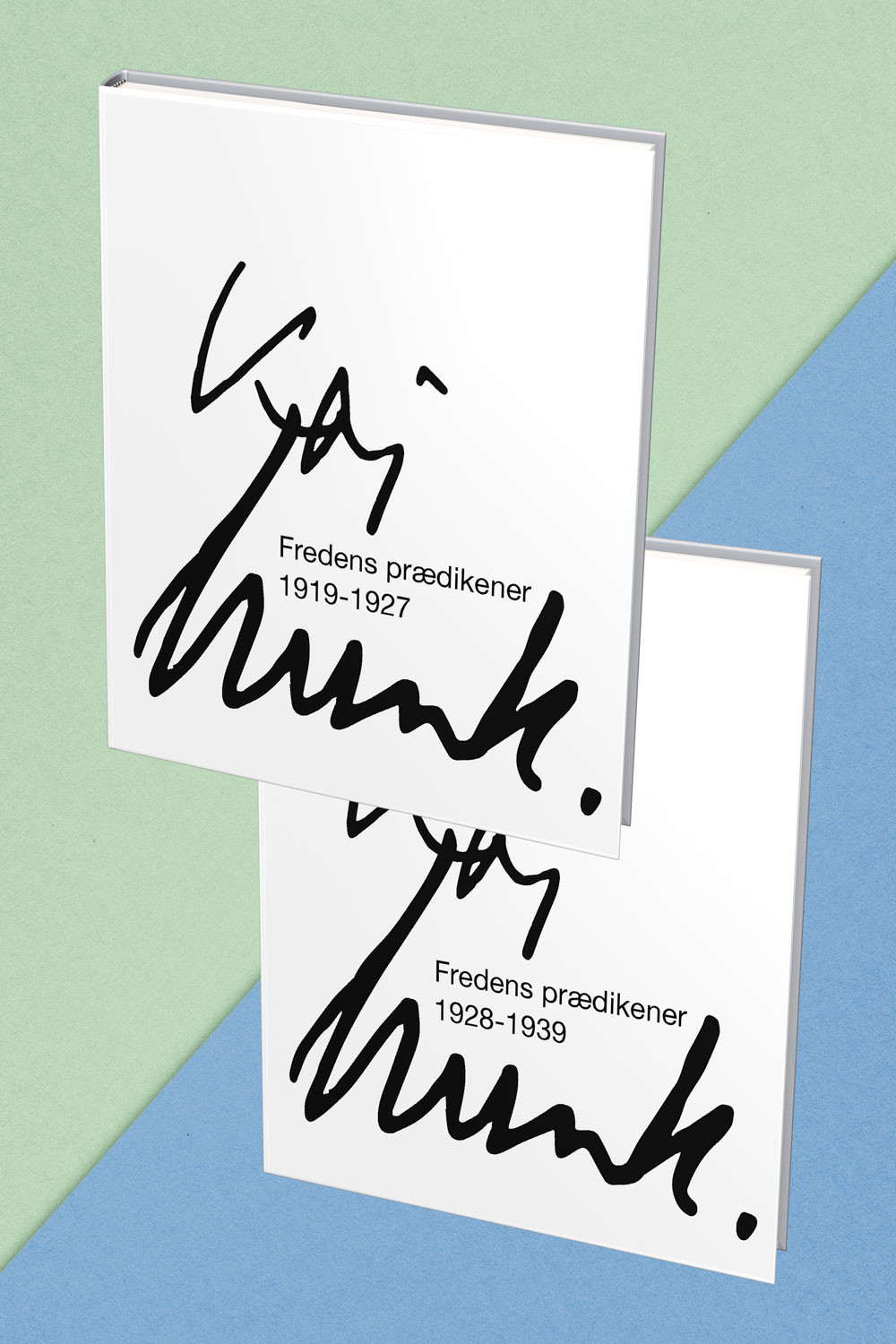

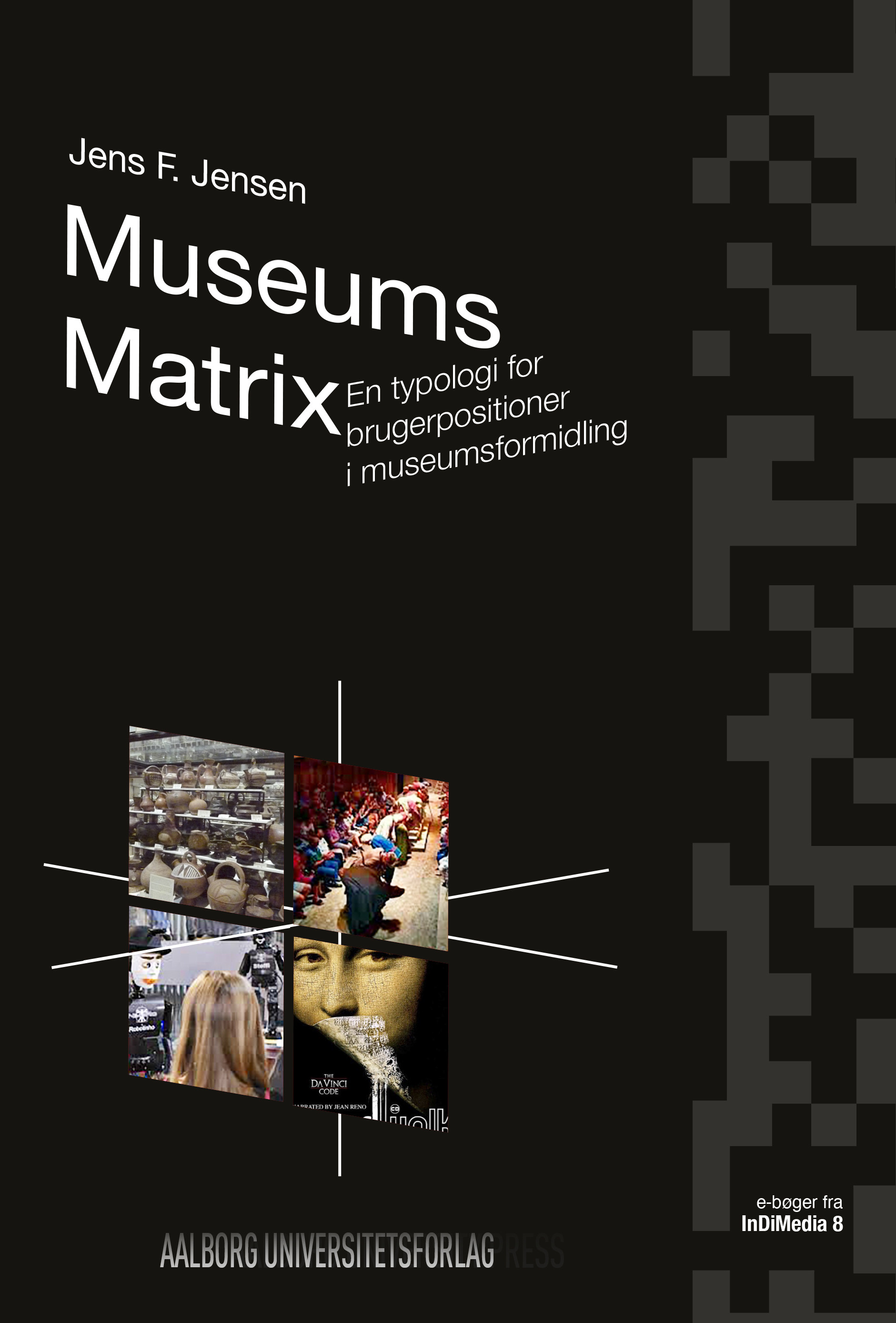






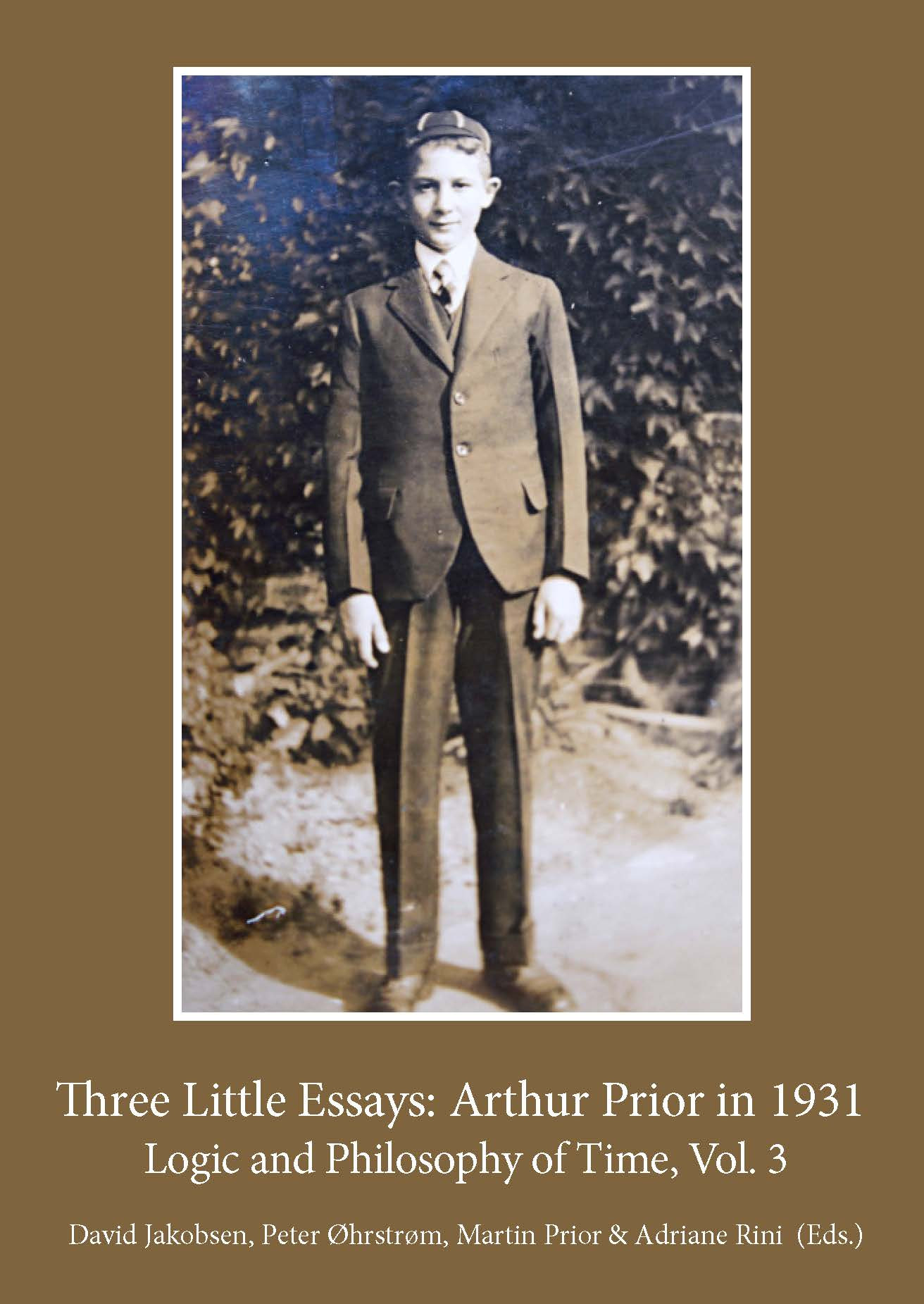
-public.jpg)

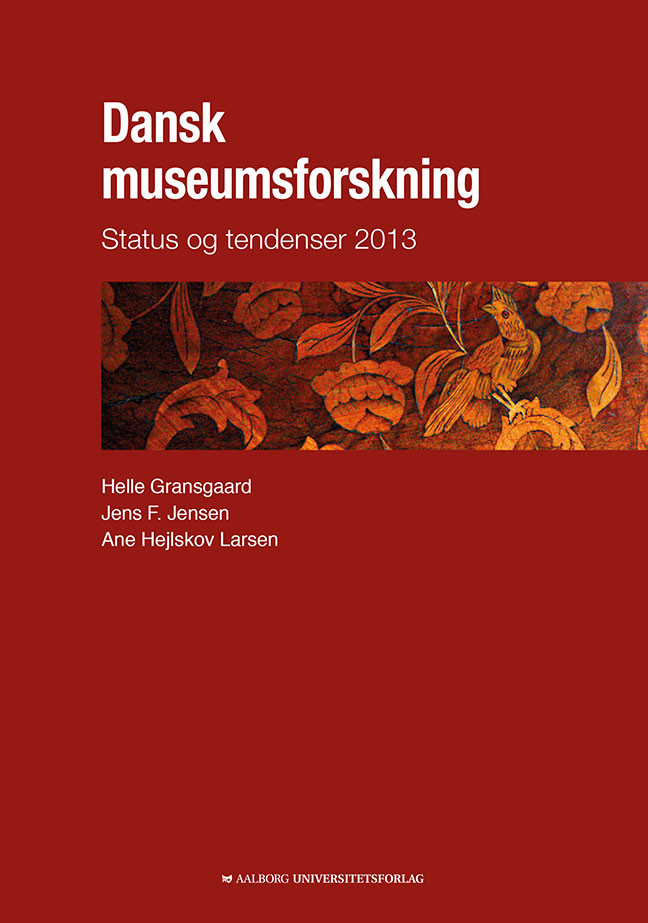
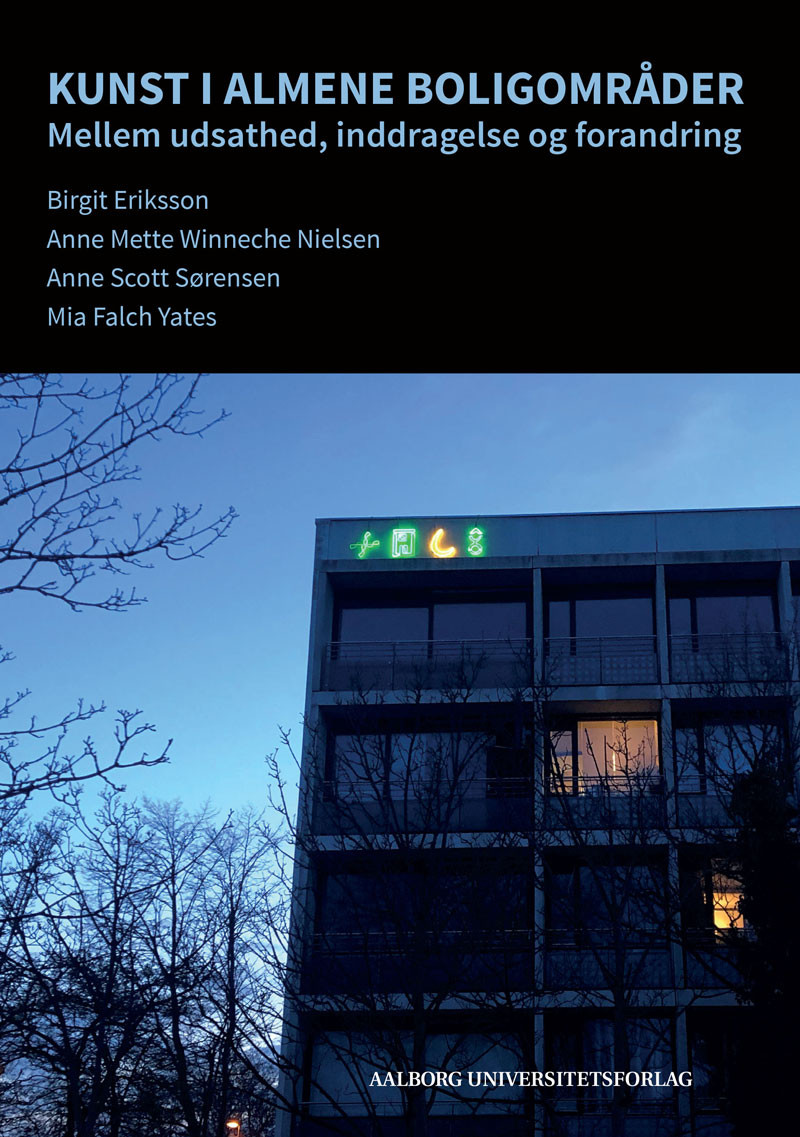



-public.jpg)